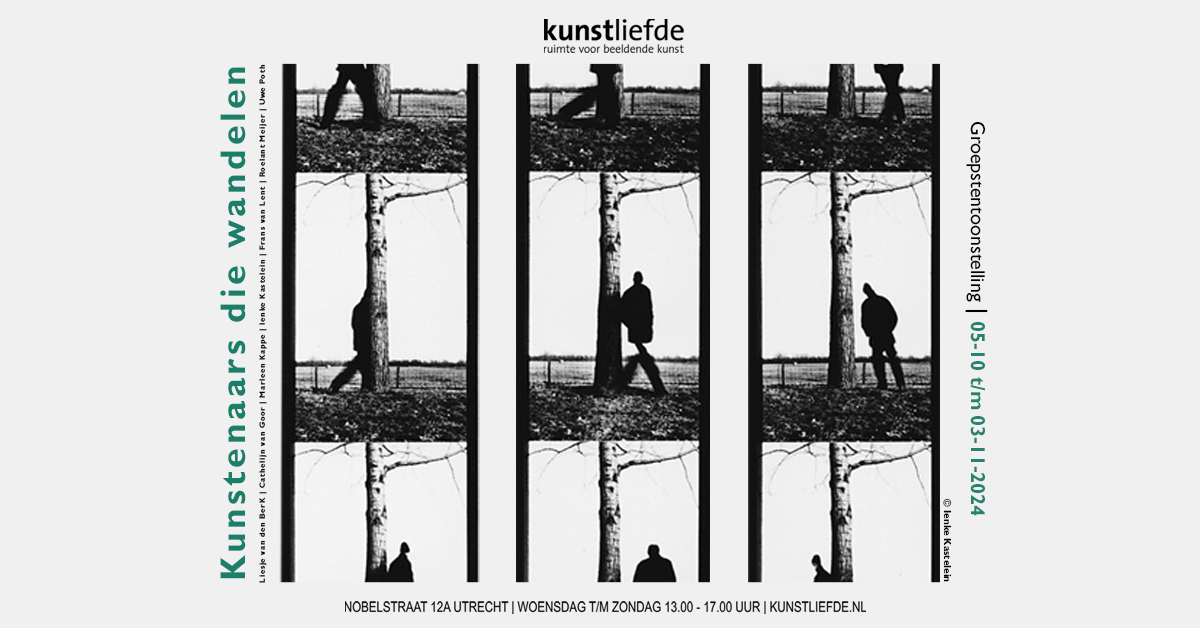‘In Caspar David Friedrich’s Der Wanderer über dem Nebelmeer, you have climbed up with the protagonist and look over his shoulder at the road travelled’.
Descriptions about artists and their work are frequently presented as a metaphor of a walk. And even viewing works of art, walking through a museum or gallery, can be seen as a walk that you physically exercise yourself.
Painters work with paint, sculptors with stone or bronze, and these days digital media are widely used. But there are also artists who see walking as ‘material’ for their artwork. And can a walk be the work of art itself at the same time?
During the Afternoon on 13 October, you can meet the various artists and walk with them in various ways. Engage in conversation and ‘walk’ into the artist’s work and mind. Or learn how a walk turns into a book and thus becomes a physical object. And you can also actually go out and take a physical walk with the artist!
Artists present are Liesje van den Berk, Marleen Kappe, ienke kastelein, Roelant Meijer and Uwe Poth.
The walks you can participate in and the various presentations you can attend are coordinated in terms of time and duration. Thus, as a visitor, you can participate in several activities on that afternoon.



